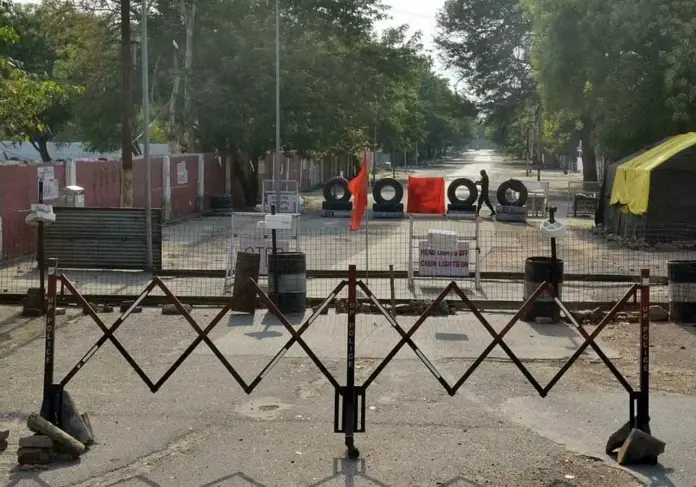In a recent revelation, Retired Air Vice Marshal Sajid Habib has come forward to debunk a widespread myth circulating on local mainstream and social media platforms. The myth claims that the Indian government has dismantled all of its military cantonments, suggesting that Pakistan should follow suit.
However, according to Mr Habib, this claim is entirely false.
Contrary to the myth, the reality is that India has not abolished its cantonments, nor is it feasible for them to do so, considering the lodging requirements for their vast military force of 1.5 million troops. The misleading information stemmed from the misinterpretation that India had abolished its cantonments, while in reality, they have only abolished their Cantonment Boards.
Mr Habib explained that the decision to abolish the Cantonment Boards in India was aimed at addressing an anomaly that existed within these areas. Similar to Pakistan, Indian cantonment areas also accommodate civilian residents, a legacy inherited from the British era. However, these civilian residents enjoyed greater municipal benefits compared to residents in ordinary areas.
The move to abolish the Cantonment Boards was not an elimination of the cantonment areas themselves but rather a step to rectify the imbalance and provide equal municipal benefits to all residents, irrespective of their location. The decision does not affect the presence or functioning of the Indian military in these cantonments.
Mr Habib’s clarification brings to light the truth behind the myth, dispelling any misconceptions about the Indian government’s alleged abolition of military cantonments. It serves as a reminder to verify information from credible sources before drawing conclusions or making comparisons between countries.
India has commenced a plan to abolish 62 cantonment boards across the country with the aim of transforming them into “exclusive military stations.” Under this plan, the military areas within all cantonments will be delineated, granting the Indian army complete control over them. The civilian areas will be merged with local municipalities, which will assume responsibility for their maintenance.
The process will be expedited in cantonments where the demarcation between civil and military areas is straightforward, while others may require additional time for implementation. The first cantonment to undergo this transformation is Yol, located in the northern state of Himachal Pradesh. Other cantonments, such as Secunderabad in Telangana and Nasirabad in Rajasthan, are also set to undergo a reduction in size.
According to the Indian government, the establishment of military stations through the merger of civilian areas with local civic bodies will benefit all parties involved. Civilian residents who currently lack access to state government welfare schemes through municipal corporations and municipalities will be able to avail themselves of these schemes once their areas become part of the local bodies. Additionally, the army will be able to focus more on the development of the military stations.







